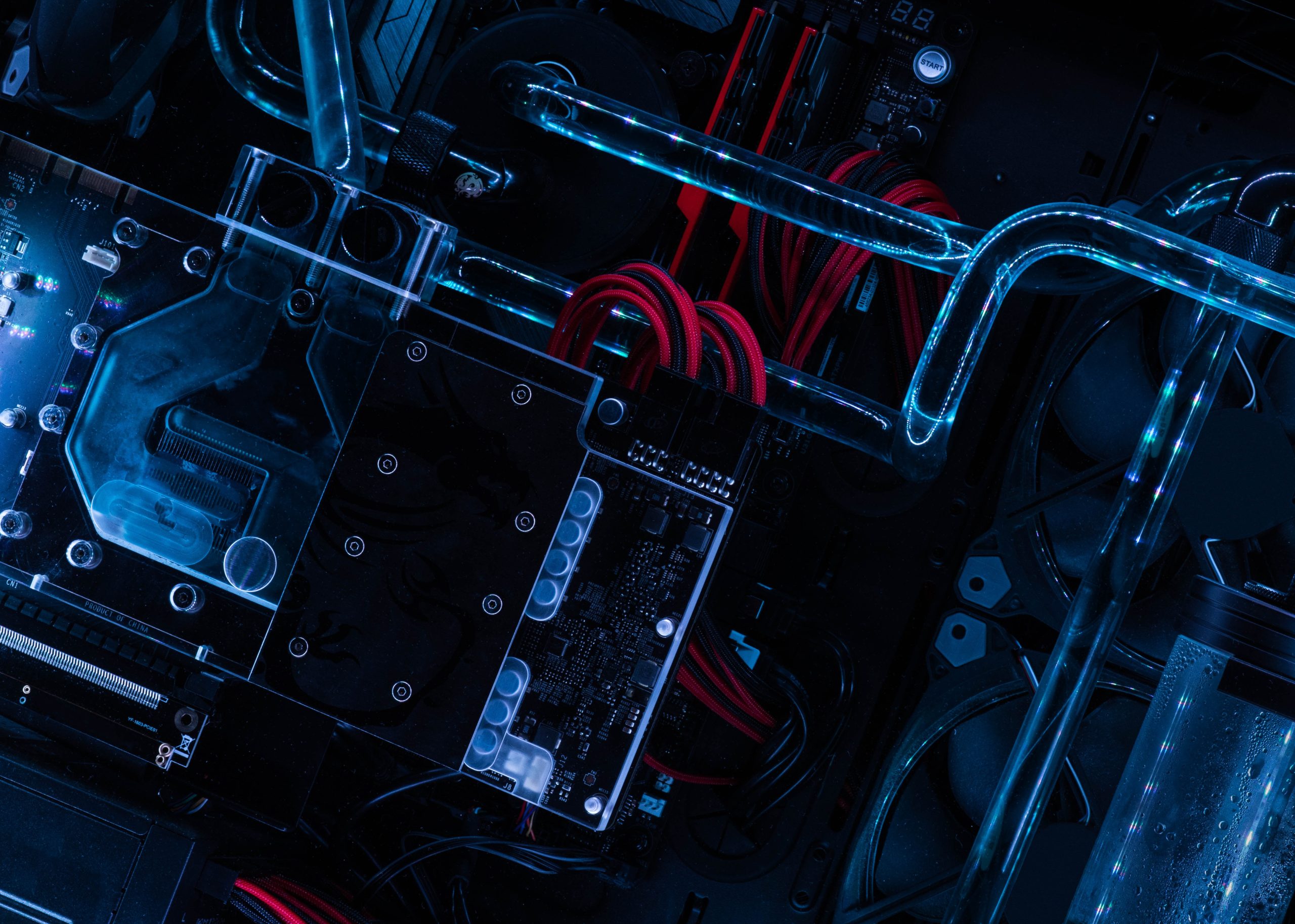Augmented Reality (AR) has emerged as a transformative technology that overlays digital information onto the physical world, enhancing our perception and interaction with reality. Whether in gaming, education, healthcare, or various industries, AR has the potential to revolutionize how we experience the world around us. But what are the essential technologies that make AR possible? In this article, we will delve into the key components required for augmented reality to function seamlessly.

1. Hardware
a. Display Devices
The cornerstone of any AR experience is the display device. These can range from smartphones and tablets to specialized AR headsets and glasses. AR headsets are purpose-built devices designed to provide an immersive AR experience. They typically consist of a display, sensors, and a processor.
b. Sensors
AR relies heavily on sensors to understand and interpret the user’s environment. These include:
– Cameras: Cameras capture real-world images that are then processed to incorporate digital information. Depth-sensing cameras, in particular, are crucial for understanding the 3D space.
– IMU (Inertial Measurement Unit): This combination of accelerometers, gyroscopes, and magnetometers helps track the device’s movement and orientation in real-time.
– LiDAR (Light Detection and Ranging): This technology uses laser pulses to measure distances, allowing for accurate 3D mapping of the environment.
2. Software
a. Tracking and Mapping
One of the most critical aspects of AR is understanding the user’s position and the environment. This is achieved through simultaneous localization and mapping (SLAM) algorithms. SLAM combines data from sensors to create a map of the surroundings and track the device’s position within it.
b. Computer Vision
Computer vision algorithms process visual data from cameras to recognize objects, surfaces, and movements. This enables the AR system to accurately overlay digital content onto the real world.
c. Augmented Reality SDKs
Software Development Kits (SDKs) provide the necessary tools and libraries to create AR applications. Popular AR SDKs include ARKit for iOS and ARCore for Android.
3. Networking
AR applications often benefit from cloud-based processing and data storage. A robust network connection ensures seamless interaction between the device and cloud-based services. This is particularly important for applications involving real-time collaboration or data-intensive processes.
4. Content Creation and Management
For AR experiences to be engaging, a wealth of digital content is required. This includes 3D models, animations, audio, and video. Content creation tools and platforms are essential for developers and designers to create and manage these assets.
5. Powerful Processing
AR demands significant computational power, particularly for complex tasks like object recognition, tracking, and rendering 3D graphics. Modern processors and GPUs (Graphics Processing Units) are essential for delivering a smooth and responsive AR experience.

6. Battery Efficiency
AR applications are known to be power-intensive. Optimizing for battery efficiency is crucial to ensure users can enjoy AR experiences for extended periods without constant recharging.
7. Safety and Privacy Measures
AR technology often interacts closely with the physical world, making safety a paramount concern. Implementing features like obstacle detection and user notifications for potential hazards is crucial. Additionally, privacy measures must be in place to protect user data and ensure compliance with regulations.
8. Integration with Other Technologies
AR can be significantly enhanced by integrating with other emerging technologies. This includes AI for advanced object recognition, blockchain for secure transactions within AR applications, and IoT (Internet of Things) for seamless interaction with smart devices.
9. User Interface Design
Creating an intuitive and user-friendly interface is crucial for a seamless AR experience. This includes designing elements like menus, buttons, and gestures that allow users to interact effortlessly with digital content in the augmented environment. A well-designed user interface enhances engagement and ensures that users can fully harness the capabilities of augmented reality technology.
Augmented Reality is a dynamic field that continues to evolve, driven by advancements in hardware, software, and networking technologies. As AR becomes more integrated into our daily lives, the demand for even more sophisticated and capable AR systems will continue to grow. By understanding the core technologies that underpin AR, we can better appreciate the immense potential it holds for various industries and experiences. With continued innovation, we can expect to see AR revolutionize how we perceive and interact with the world around us.

